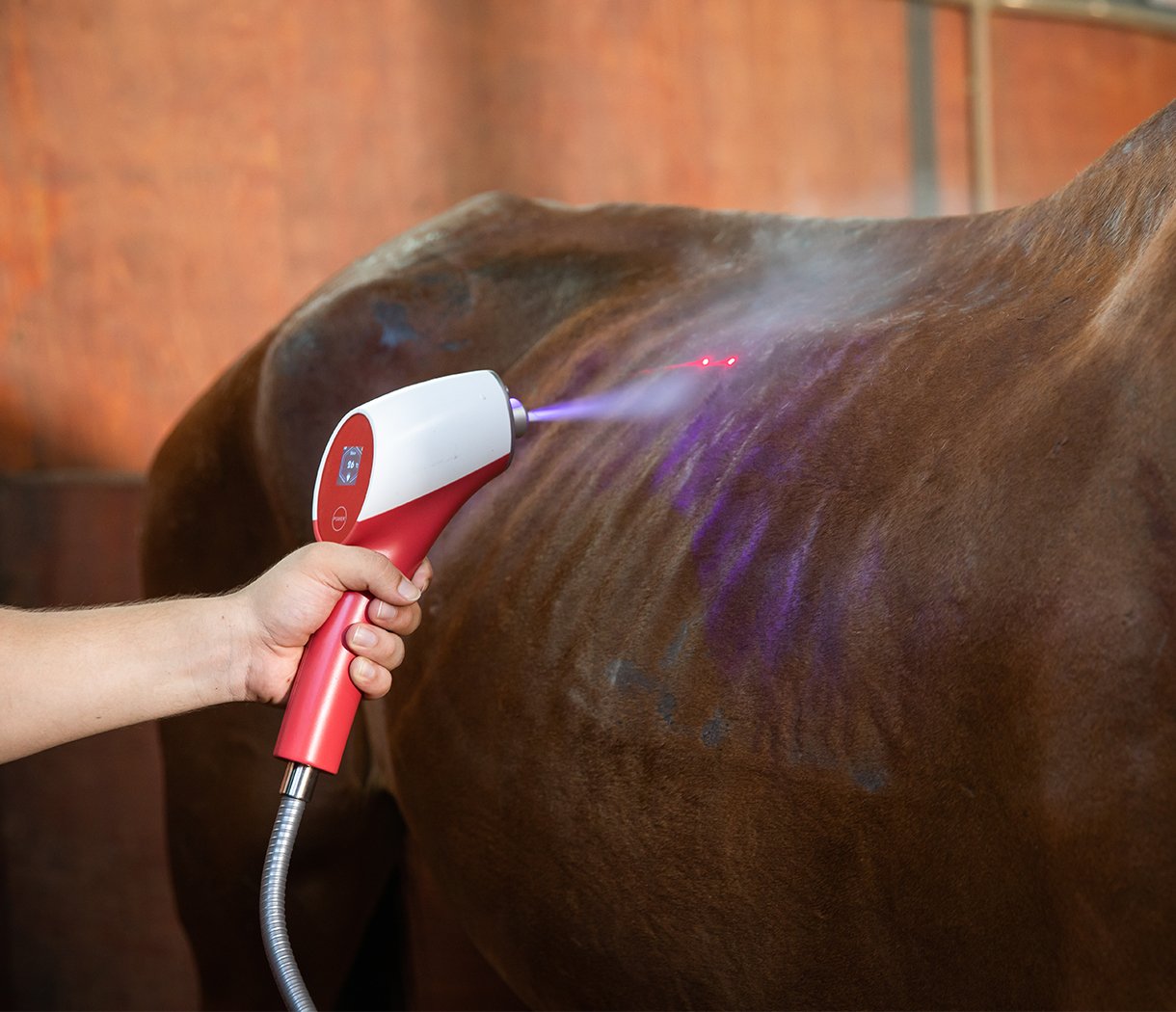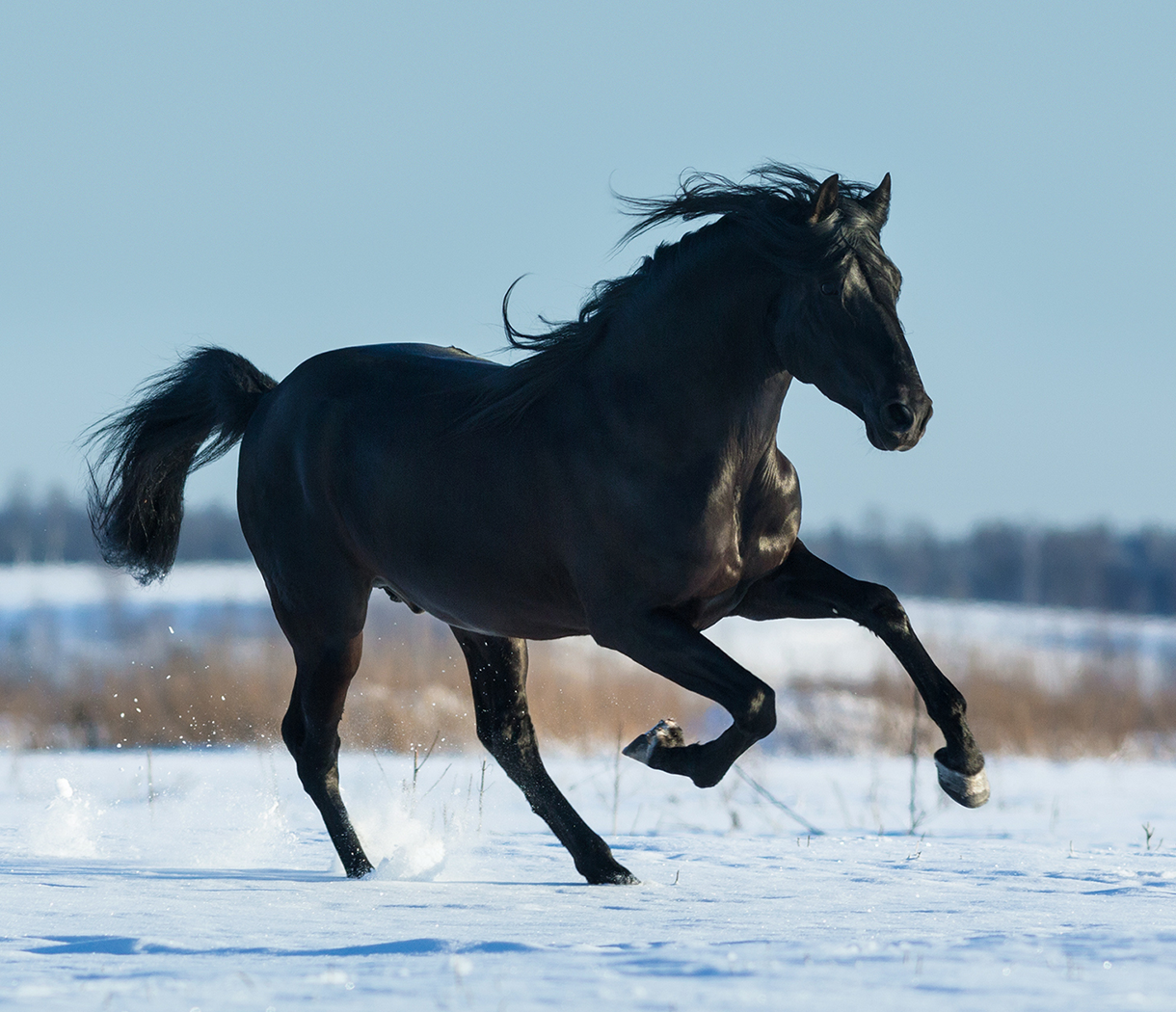Introduction: The Need for Advanced Equine First Aid
Horses, known for their strength and agility, are not immune to the strains and sprains that come with their physical activity. Whether it’s the thrill of racing, the demands of daily training, or the general wear and tear of life in the field, horses frequently suffer from injuries like muscle soreness, ligament strains, and joint inflammation. Traditionally, equine first aid has relied on methods like cold compresses, rest, bandaging, and anti-inflammatory medications. However, as our understanding of recovery and pain management has advanced, so has the technology available for treating equine injuries. One of the most promising advancements is cryotherapy, which offers a non-invasive, highly effective solution for equine first aid by managing pain, reducing inflammation, and accelerating recovery.
What is CO2 Cryotherapy?
CO2 cryotherapy is an innovative, non-invasive treatment that utilizes carbon dioxide to deliver a cold therapy experience in a controlled and precise manner. Unlike traditional ice packs or cold baths, CO2 cryotherapy works by applying pressurized CO2 gas to targeted areas of the horse’s body. This method provides a deeper and more efficient cooling effect without the risks associated with traditional ice applications.
The process involves rapidly cooling the skin and underlying tissues, which results in constriction of blood vessels. This helps reduce swelling, numb pain, and reduce inflammation. After the treatment, the body naturally restores normal circulation, promoting healing by flushing out toxins and increasing the flow of oxygenated blood to the affected areas. This makes CO2 cryotherapy a highly effective method for treating equine injuries.
Benefits of CO2 Cryotherapy
CO2 cryotherapy offers a wide range of benefits for horses, making it a highly effective treatment for injuries and recovery. One of the most notable advantages is its ability to reduce pain. The cooling effect of CO2 cryotherapy numbs nerve endings, which helps alleviate pain caused by inflammation or injury. This is especially beneficial after intense physical activity or trauma, where pain management is crucial to ensure the horse’s comfort and well-being.
Another significant benefit is the reduction of inflammation. By applying CO2 to the affected area, the cold temperature causes blood vessels to constrict, limiting the flow of fluid to the site. This process helps prevent swelling and encourages the body to heal more quickly. The reduction of inflammation can also help minimize the risk of long-term damage that can result from chronic swelling or untreated injuries.
CO2 cryotherapy also promotes faster recovery. After the initial cold-induced vasoconstriction, the body naturally dilates the blood vessels, increasing circulation and oxygen-rich blood flow to the damaged tissues. This boost in blood flow accelerates healing by delivering vital nutrients and oxygen to the affected area while flushing out toxins and metabolic waste products that can contribute to inflammation and pain.
Moreover, CO2 cryotherapy is a non-invasive and safe treatment option for horses. Unlike some more invasive procedures, cryotherapy poses little to no risk of injury, making it an ideal solution for regular use as part of an equine rehabilitation program or maintenance routine. Its non-invasive nature allows horses to undergo multiple treatments with minimal risk, contributing to overall long-term health and recovery.
How CO2 Cryotherapy Works
The mechanism of CO2 cryotherapy in equine recovery is based on the body’s natural response to temperature change. When CO2 is applied to the skin, the blood vessels constrict (a process called vasoconstriction). This reduces swelling and inflammation, while simultaneously numbing the area to relieve pain.
As the CO2 evaporates, the blood vessels gradually dilate, allowing for increased blood flow and better circulation to the treated area. This helps transport vital nutrients and oxygen to the damaged tissues, speeding up the healing process. Additionally, the increased circulation helps remove toxins and metabolic waste products, which can contribute to inflammation and pain.
In horses, CO2 cryotherapy is particularly beneficial for conditions such as:
Soft tissue injuries like muscle strains and ligament sprains.
Joint inflammation caused by arthritis or overuse.
Post-exercise recovery to reduce muscle soreness and stiffness.
Swelling caused by injuries or post-surgical recovery.
Integrating CO2 Cryotherapy into Equine First Aid Routine
For horse owners and trainers looking to incorporate CO2 cryotherapy into their equine first aid routine, the process is simple and effective. Here’s how to make the most of this cutting-edge treatment:
Use during acute injuries: Apply CO2 cryotherapy immediately after an injury to reduce swelling and numb pain. This can be especially useful during the first 48 hours after an injury.
In recovery and rehabilitation: For chronic conditions or post-surgery, CO2 cryotherapy can help accelerate healing by improving circulation and reducing inflammation. This is especially beneficial for older horses or those recovering from long-term injuries.
As part of routine maintenance: Using CO2 cryotherapy after exercise helps reduce muscle soreness and stiffness, ensuring that horses remain in top shape for training and performance.
Safety first: Always follow the manufacturer’s guidelines for use and ensure that the horse is monitored during the treatment. Although CO2 cryotherapy is non-invasive, proper usage ensures that it remains a safe and effective treatment.
CO2 cryotherapy represents a significant step forward in equine first aid, offering a non-invasive, effective method for treating a wide range of conditions. Whether used for acute injuries, chronic issues, or post-exercise recovery, it helps reduce pain, inflammation, and recovery time. As technology continues to advance, CO2 cryotherapy is likely to become a staple in the care routines of many horses, ensuring that they stay healthy, comfortable, and performing at their best.



